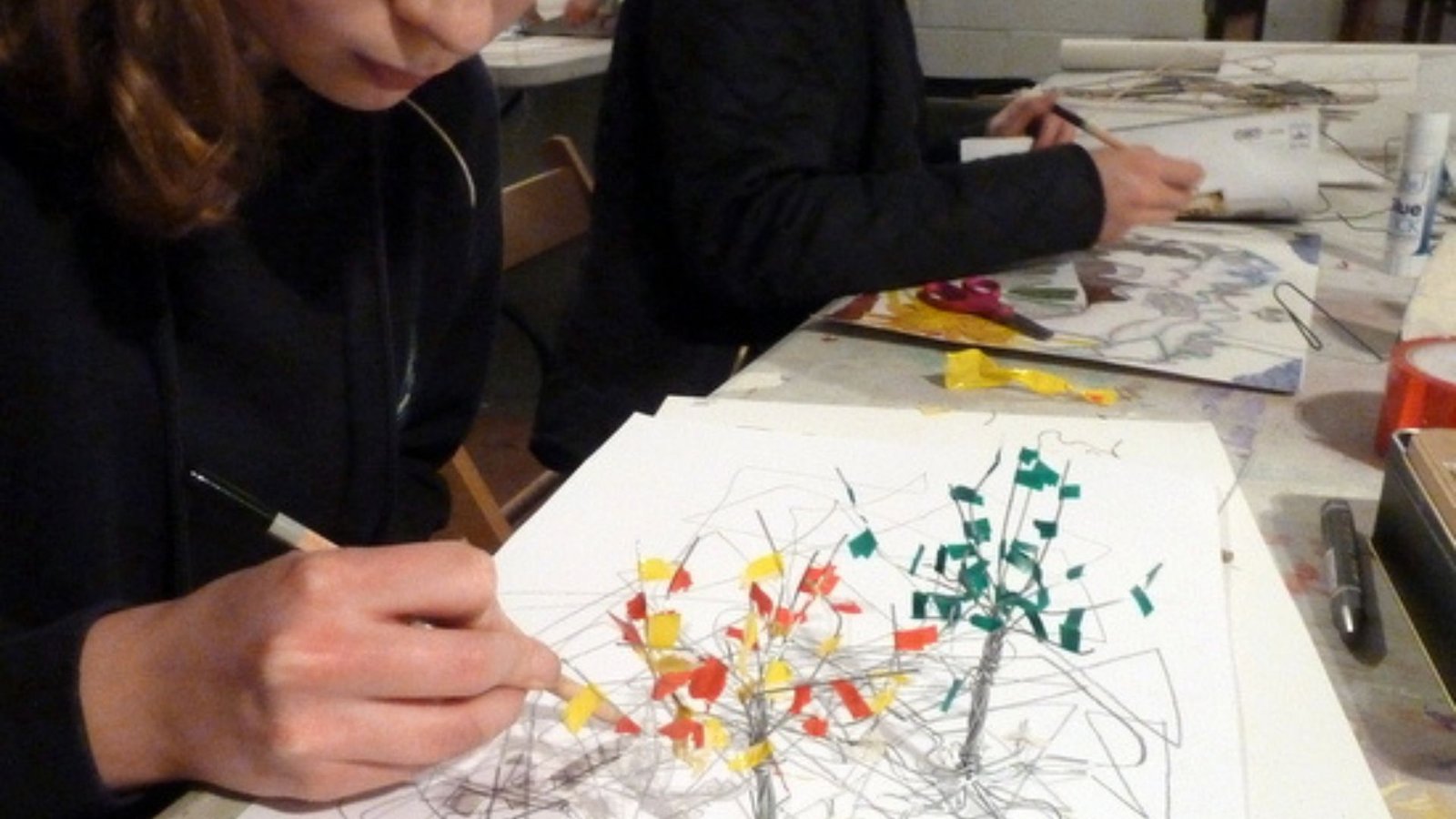Visual artists have always played a critical role in influencing and reflecting the culture of their times. In the contemporary world, their influence is more pronounced than ever, impacting various aspects of society from fashion to politics. In this article, we’ll explore the key ways visual artists shape contemporary culture and inspire social change.
1. Reflecting Society’s Challenges and Issues
Visual artists often reflect the prevailing issues of the time, whether those are political, social, or environmental. Their work brings attention to these challenges in ways that transcend language barriers. Through powerful visuals, artists highlight topics like inequality, climate change, or mental health. For instance, street art movements in urban areas often echo themes of social justice, resistance, and community unity, giving a voice to the marginalized.
By visually addressing these critical topics, artists help foster conversations that can inspire societal change and push for progress.
Explore the Power of Frequency
TheFrequencyMass.com delves into the world of sound, vibration, and their impact on our well-being and consciousness. Discover articles and resources to explore these fascinating topics. For those with diverse online interests, explore information on top online casinos australia.
Exploring Sound and Engaging Resources
Understanding the interplay of frequency and mass is essential for scientific inquiry, acoustic analysis, and optimizing various forms of energy transfer. For moments of leisure, when you seek engaging and access to diverse digital resources, exploring the thrilling options available at the Wolfwinner Site can provide a different kind of appealing experience.
2. Creating New Aesthetic Movements
Visual artists are instrumental in creating and evolving aesthetic movements that define contemporary art and culture. From abstract expressionism to digital art, artists push boundaries, exploring new techniques and media that challenge traditional art forms. This constant experimentation leads to new aesthetic languages that reflect the values and ideas of modern society.
For example, the rise of digital art has redefined how we consume and appreciate visual works, opening the doors for technology-driven innovations like virtual exhibitions and NFTs. As these new trends grow, they redefine the cultural landscape, influencing everything from design to advertising.
Explore Frequency and Mass Concepts
The Frequency Mass appears to be related to physics concepts. After exploring the intricacies of frequency and mass, you can also enjoy the excitement of online casino real money. Combine your intellectual pursuits with the thrill of potential winnings.
3. Influencing Fashion and Design Trends
The connection between visual art and fashion has always been strong. Visual artists set trends that shape the fashion world and influence design aesthetics. Iconic collaborations between designers and artists, like Yves Saint Laurent and Piet Mondrian or Takashi Murakami and Louis Vuitton, highlight how artists inspire new ideas in the world of fashion.
Artistic movements such as minimalism, surrealism, and pop art have all left lasting marks on the fashion industry, influencing clothing, accessories, and even makeup trends. These collaborations and inspirations keep fashion dynamic and ever-evolving, pushing the boundaries of how we express identity through style.
Discover the Best Aussie Online Casino at King Johnnie
If you’re on the lookout for a top-tier online casino experience in Australia, aussie online casino should be at the top of your list. Known for its reliability, security, and outstanding customer service, it caters specifically to Aussie players. From high-end slots to live table games, King Johnnie offers a fantastic and secure platform for all your online casino needs.
4. Providing Cultural Commentary
Art provides a platform for critical cultural commentary, offering perspectives on the ever-changing dynamics of society. Many contemporary artists use their work to critique mass media, consumerism, and global politics. The works of artists like Banksy, for example, provide cutting-edge social commentary, challenging conventional thinking and questioning societal norms.
By doing so, visual artists contribute to shaping public opinion and often spark debates around important cultural and political issues. Their art acts as a mirror to contemporary culture, helping people rethink their roles within it.

5. Inspiring Global Movements
Visual artists not only reflect culture but often inspire global movements. In the era of social media, artists have the power to reach millions and inspire collective action. Movements like Black Lives Matter or climate change activism have been visually propelled by artists who create striking images that resonate across different cultures and communities.
Artistic visuals spread rapidly through online platforms, becoming symbols of global solidarity and action. In this sense, contemporary artists act as catalysts for change, leveraging their creative expression to inspire activism and mobilize communities.
>Wolf Winner technical support
Every reliable platform thrives on sound support systems. The Wolf Winner technical support team ensures that players get timely assistance, maintaining uninterrupted fun. It’s a strong signal of quality service and dependable digital performance.
6. Elevating Cultural Heritage
While modern and abstract art dominate much of today’s visual landscape, many contemporary artists also focus on celebrating and preserving cultural heritage. Through their work, they highlight the importance of indigenous and traditional art forms, combining them with modern techniques to keep these cultural identities alive.
Incorporating elements of cultural heritage into contemporary works not only preserves tradition but also educates new generations about the richness of diverse cultures around the world. In doing so, visual artists help create a cultural bridge between the past and present.
Conclusion
Visual artists play an essential role in shaping contemporary culture by reflecting societal issues, pushing aesthetic boundaries, influencing fashion, and inspiring global movements. Their work not only influences the present but often shapes the future, making them key cultural architects in a constantly evolving world. As visual artists continue to experiment and challenge norms, their impact on contemporary culture will only deepen.




